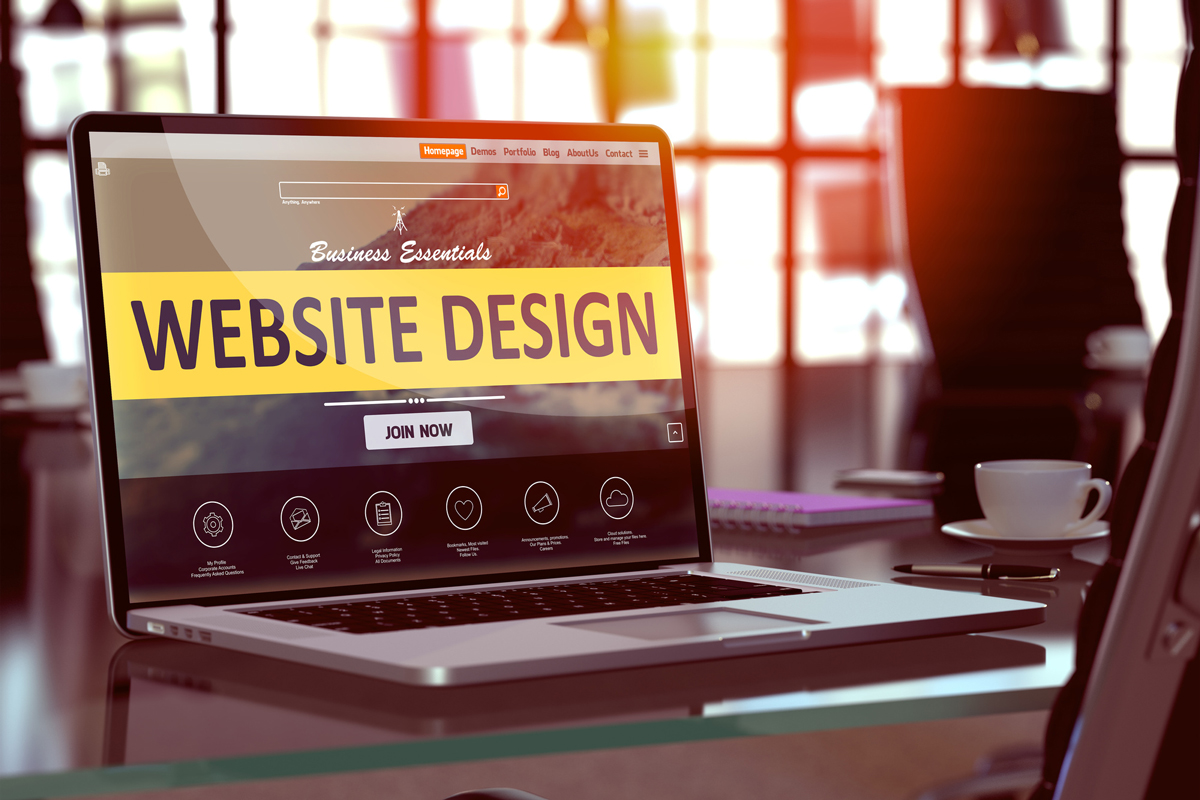The navigation bar plays a pivotal role in any online environment.
This web design element, among other things, steers and funnels visitor behavior. As such, it has a profound impact on your sales, bounce rates, subscriptions, and other vital metrics. It can make or break the whole user experience (UX).
Thus, if your solution isn’t up to par, people will just explore alternative digital avenues. There’s certainly no shortage of them around. To prevent this business-shattering scenario, you need to suit up.
Here is how to keep users satisfied, hooked, and engaged at all times.
1. Understand What Visitors Want
People need to be able to find what they want and find it fuss-free.
Their destination can be anything from email signup pages to product listings. If they can’t reach it, they’ll move on and scour the internet for better-designed websites. It’s the last thing you want to happen.
So, make an effort to introduce logical structure to your website. The navigation bar has to clear, easy-to-understand, and hierarchal. One rule of thumb is the “three clicks rule”.
Namely, upon landing, visitors should use no more than three clicks to arrive at the place they seek.
Another must is a search bar, which enables users to cut to the chase. They can skip redundant steps and save time along the way.
Of course, you shouldn’t lose sight of what you want as a brand. Align navigation and UX design with your business priorities.
2. Facilitate the Marriage of UX and Navigation
UX and website navigation are closely related concepts.
The navigation bar lies at the heart of their intersection. Therefore, assess how the bar fits the big picture— your overall design and navigation patterns. Your best bet is to go for a blend of prime usability and pleasing aesthetics.
These are the top two qualities to emulate and you can do it in many ways. Fonts and colors are the main tools at your disposal. They can capture attention easily, but you can’t let them get in the way of functionality.
Craft the design that goes easy on the eyes. Make sure your hyperlinks are obvious by using different fonts and colors for them. Another option is to turn links into buttons for more visibility.
Apart from that, you have to showcase information that is relevant and non-ambiguous. Use language that is user-friendly and avoid technical jargon.
3. Decide What to Include and What to Leave Out
Talking about information, we reach the next point.
What exactly you include in the bar depends on your particular case. Social-leaning brands, for example, must add social icons with links to corresponding accounts. For other businesses, it’s optional, albeit advisable move.
In general, most websites feature core pages or page clusters in the bar. Think in terms of as About Us, Careers, Blog, Help, Products/Services, and similar pages.
One golden rule is to avoid having too much stuff happening in the section. Some of the best examples of modern design are streamlined and echo minimalist philosophy.
Whitespace is essential to capture this simplistic excellence. It lets the main design elements breathe and shine. Take advantage of it to envelop your navigation bar and menus.
4. Get Smart With Positioning
Most navigation bars sit at the top of the page— in headers.
This is a sound option and users expect it, but there are other ideas to entertain. Sidebars, for instance, occupy the space left or right of the main content. It’s not uncommon to see dual sidebars either.
The trick is to make them stand out and separate them from the rest of the landscape.
There are also other navigation components, such as footers. They sit at the bottom of the page and often contain links to important resources.
Along similar lines, we have to mention breadcrumbs. They represent hierarchical navigation links that pop up on specific pages. They give users get a better idea of whether and how different pages are connected.
Finally, the mobile boom has given birth to other solutions, such as hamburger menus. Feel free to consider them before finalizing your web design.
5. Cover All the Bases, Don’t Ignore Sideshows
One of your primary goals is to funnel visitors to where conversions and sales happen.
However, account for the fact that users don’t always take obvious routes. They can go all over the place and that poses a design challenge. Essentially, you have to find ways to eliminate dead ends and encourage exploration.
Furthermore, arouse curiosity with enticing offers. Write attention-arresting headlines and calls-to-action (CTA). Add quality content to the mix— it builds trust and prepares visitors for purchases.
If you want to infuse some creativity into navigation, ponder multimedia. It breathes new life into your pages and benefits UX, as long as you make it clear users can interact with them.
Whatever you do, refrain from rushing or tricking people into buying something. When your navigation fundamentals are solid, they end up doing it at their own pace.
6. Take Mobile Optimization Seriously
We mentioned mobile platforms, but we have to dive a bit deeper before we wrap up.
An increasing number of people use smartphones to surf, which emphasizes the need for mobile-responsiveness. This term refers to the proper rendering of your content/pages on smaller screens.
Your navigation shouldn’t appear too small so that users need a magnifying glass. Similarly, links have to be large enough for users to tap without frustration.
The good news is there are various techniques for adjusting everything to mobile UX. You can choose various responsive themes for almost every content management system (CMS) of today. They make things much easier for those who lack the technical know-how.
If you can’t seem to get it right, bear in mind hamburger menus do the trick as well. There’s always more than one way to tackle navigation and UX issues.
Time to Channel Navigation Bar Greatness
The navigation bar is integral to smooth navigation and UX.
It serves as a nexus pointing users from one page to the other. Therefore, if you really mean business, step up your game. Adhere to best practices and tailor the bars to your specific website and business needs.
Streamline options and keep things intuitive. Aid people in accessing information and empower them to fulfill their goals. Don’t just imitate other sites— apply personal touches to your digital real estate.
If you seek help creating a well-optimized, custom web design, get in touch with us. We can take your online presence to the next level.




 View Printer Friendly Version
View Printer Friendly Version



